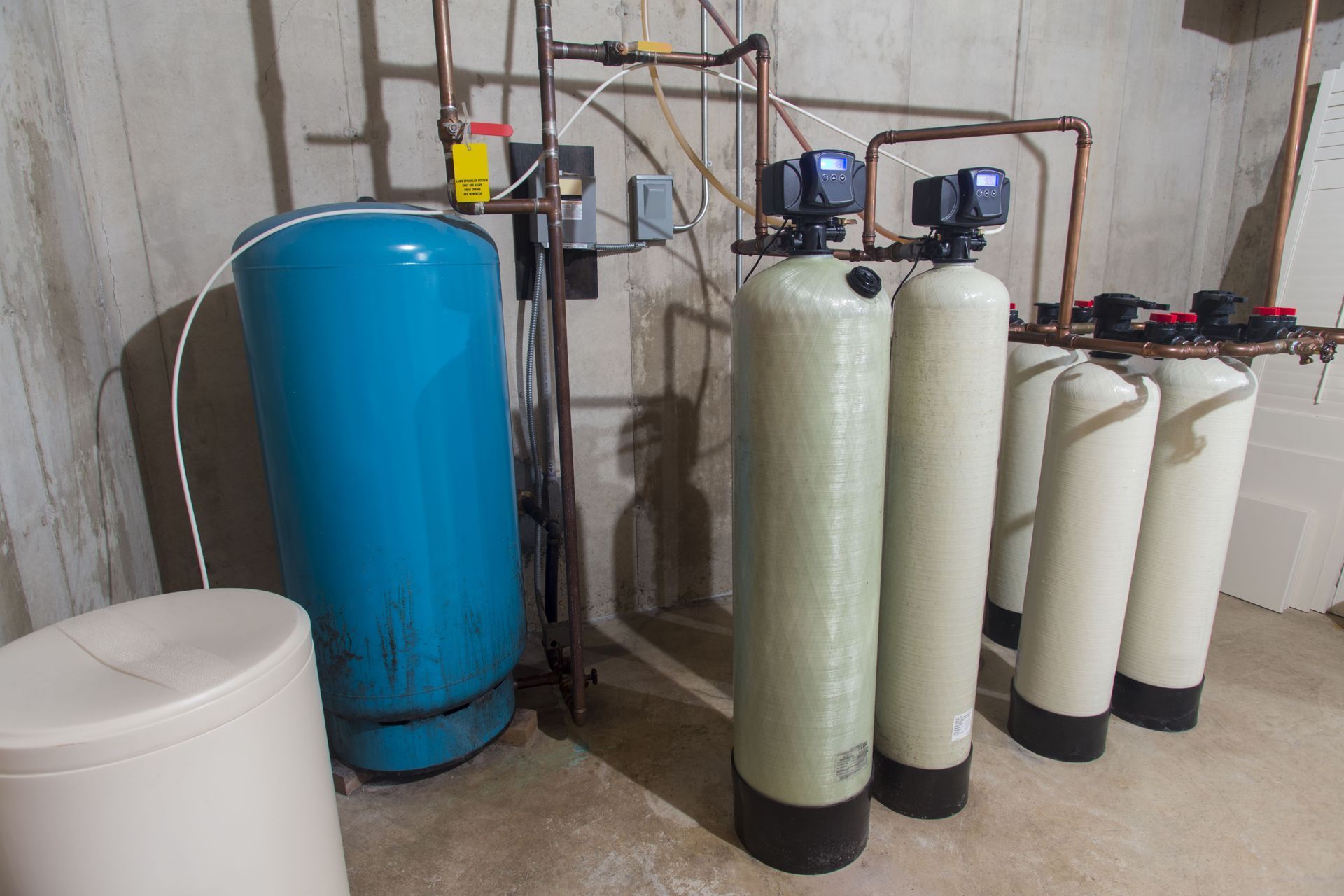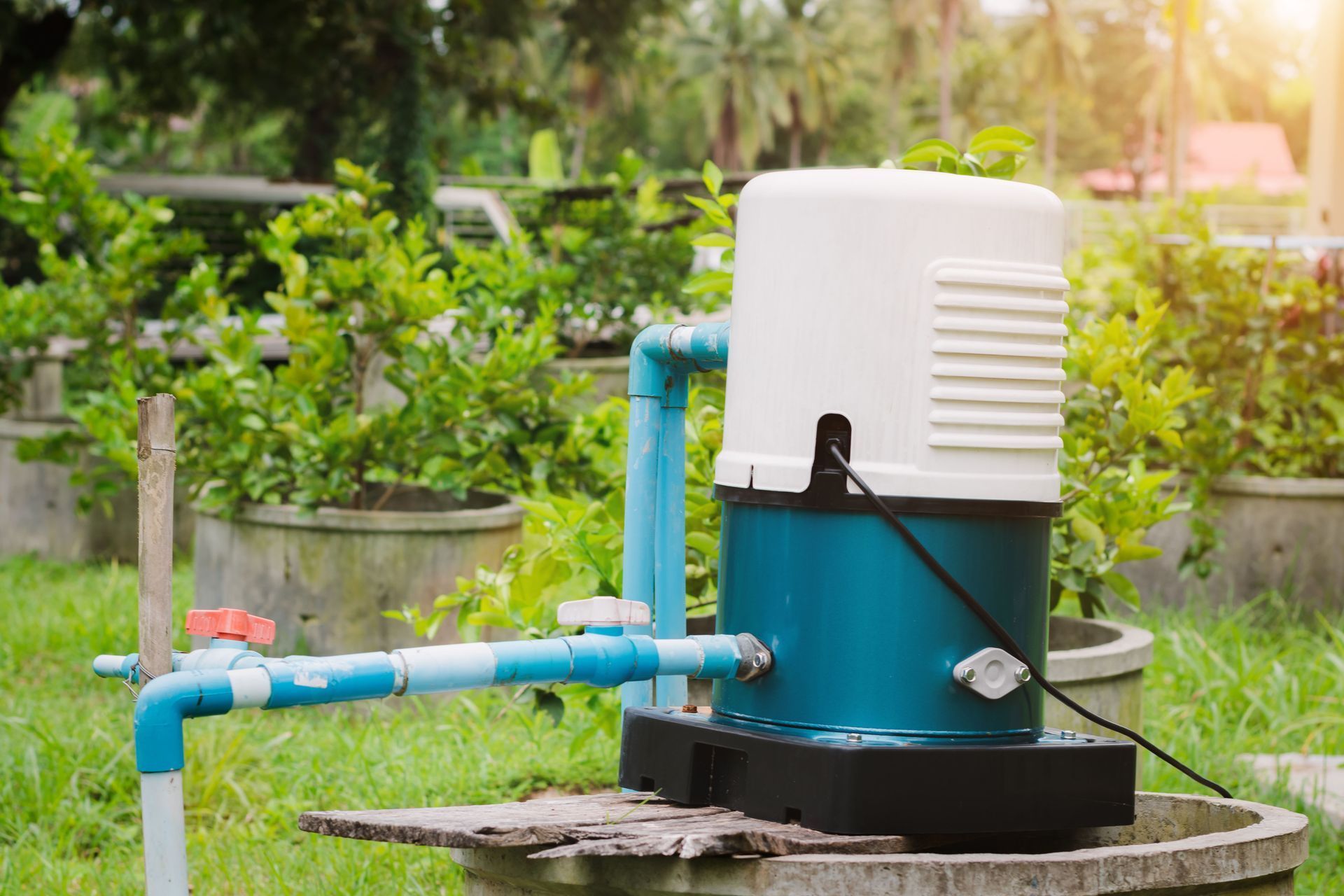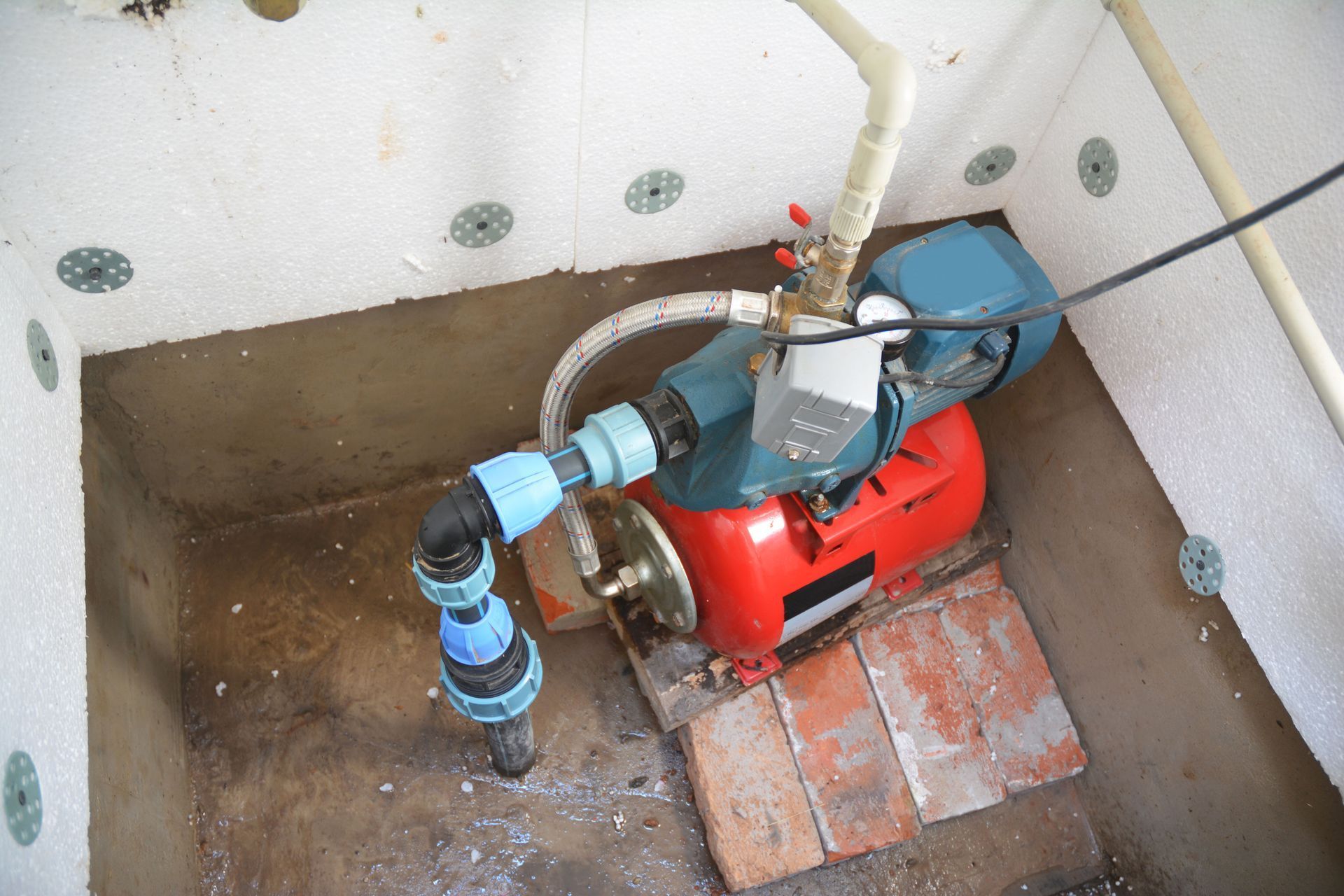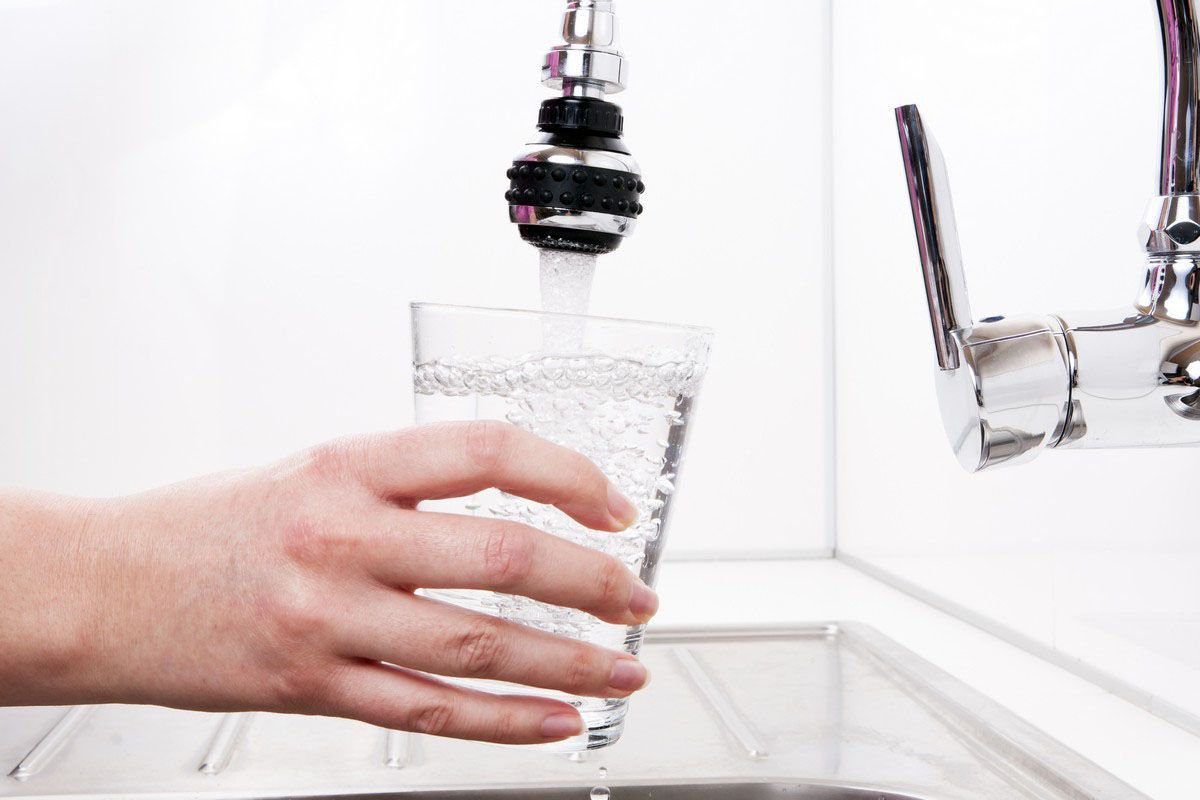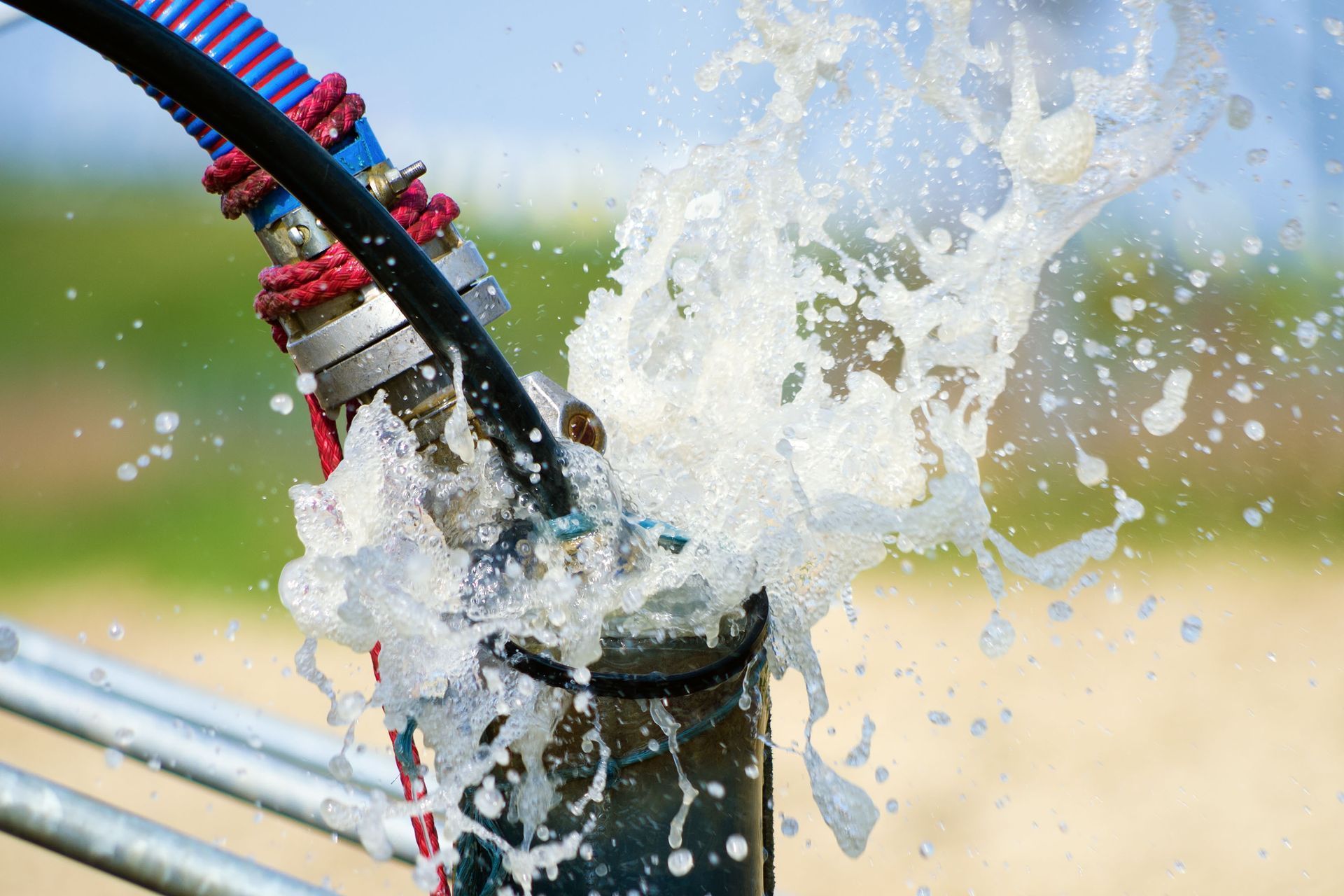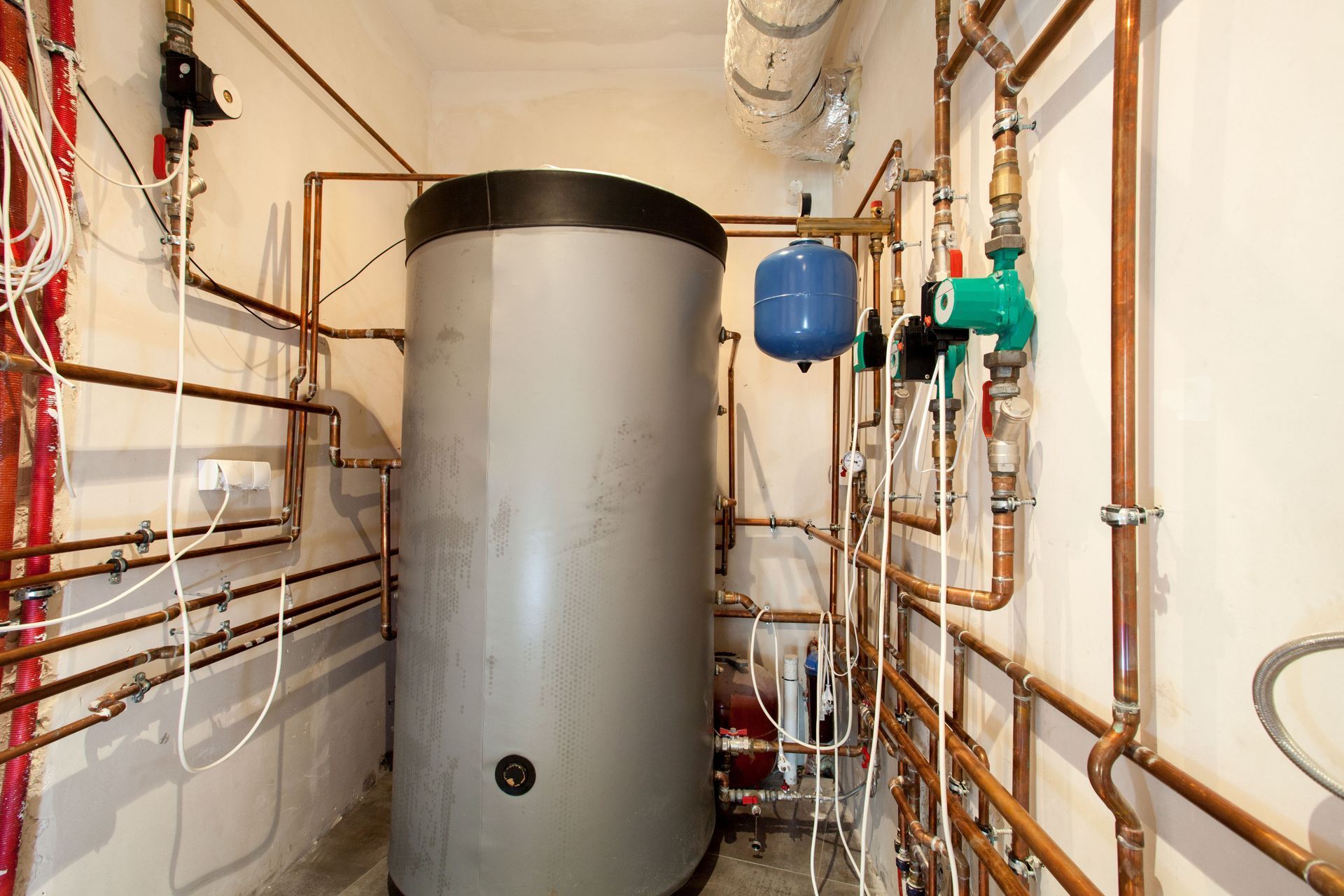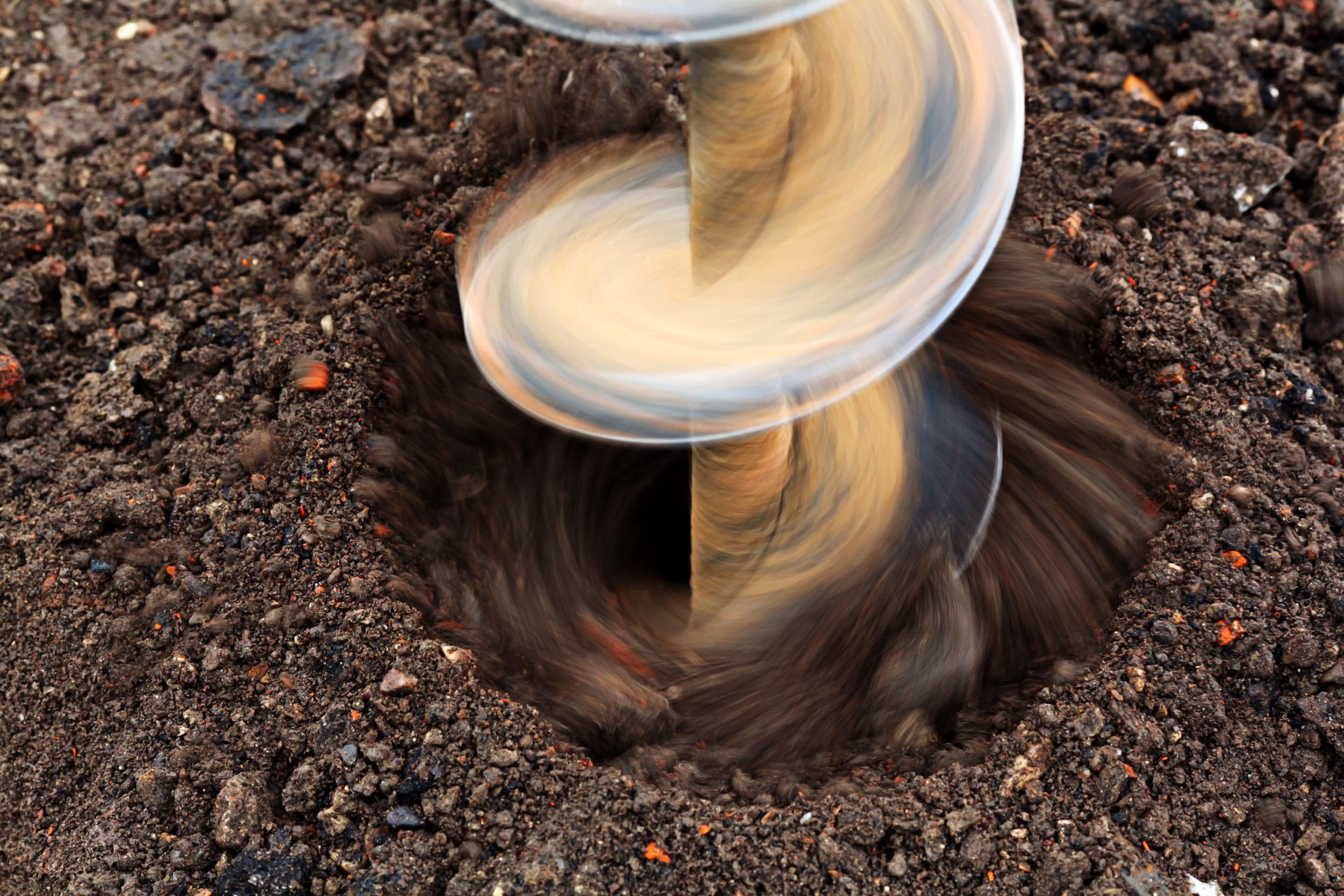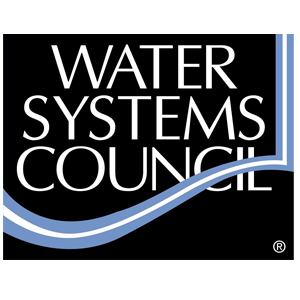8 Ways to Tell When It's Time to Upgrade Your Water Softener System
Understanding when it’s time to upgrade your water softening system is an important step in maintaining both comfort and efficiency in your home. Hard water can be more than just an annoyance—it can shorten the lifespan of appliances, clog pipes, and reduce the effectiveness of your everyday cleaning routines. When the equipment responsible for softening your water begins to fail, the impact can ripple throughout the household. By learning to recognize early warning signs, you can address potential problems before they become costly. A well-timed replacement not only safeguards your home but also ensures your family enjoys the benefits of high-quality water on a consistent basis.
An older or malfunctioning unit may not be capable of meeting your current household demands, especially if your family has grown or your water usage has changed over time. Advances in technology have also made modern systems more efficient and environmentally friendly, offering features that cut down on both energy and salt consumption. Knowing what to look for allows you to weigh the benefits of upgrading against the costs of holding on to an outdated setup.
1. Recognize Decreased Water Quality
One of the earliest indicators that your water treatment equipment may need an upgrade is a decline in water quality. Hard water, full of calcium and magnesium, leaves behind telltale signs like stiff laundry, spots on dishes, and soap that refuses to lather. A properly functioning water softener should handle these issues with ease, so if you notice them creeping back, it’s worth investigating.
The most reliable way to measure this is through regular water hardness testing. If water tests confirm a persistent problem, upgrading to a unit with a larger grain capacity could solve the issue. According to the U.S. Department of Energy, for larger residential properties, a water softener with a grain capacity ranging from 80,000 to 100,000 is ideal. This ensures consistent performance, even for households with greater water demands.
2. Spot Soap Scum and Residue
Soap scum clinging to sinks, tubs, and shower doors is another clear sign that minerals are slipping through your treatment system. These chalky residues are not just unsightly—they also require extra cleaning time and can damage surfaces if allowed to accumulate. When a unit loses efficiency, it allows calcium and magnesium back into the water supply, which in turn interacts with soap and leaves behind deposits.
Over time, you may also notice cloudy glassware or dull finishes on bathroom fixtures. If repeated cleaning efforts aren’t enough to solve the problem, it may be time to evaluate your setup. An upgraded water softener will restore efficiency, reduce staining, and save you countless hours scrubbing stubborn residue.
3. Evaluate Changes in Skin and Hair
Your skin and hair can also reveal whether your system is doing its job. Hard water strips natural oils, leaving skin dry and hair brittle or dull. While lotions and conditioners may mask the problem temporarily, they don’t address the root cause.
When a unit fails, minerals linger and prevent soaps and shampoos from rinsing away properly. This residue often leaves people feeling itchy or uncomfortable, even after bathing. A modern water softener restores softness and makes showers more refreshing. Families who invest in an upgrade often notice improved comfort within days of installation, as their water once again supports healthy skin and hair.
4. Identify Declines in Laundry Efficiency
If your towels lose absorbency, clothes feel stiff, or colors fade faster than expected, hard water may be sneaking back into your laundry cycle. Soft water helps detergents dissolve properly and protects fabrics from mineral buildup. When an older system struggles, laundry outcomes are among the first household routines to suffer.
You may find yourself using more detergent or re-washing clothes just to get them clean. A new water softener eliminates this waste and restores laundry efficiency. Not only do your clothes look and feel better, but you also save money on detergent and reduce wear on your washing machine.
5. Test for Mineral Build-Up in Pipes
Mineral deposits in plumbing are a hidden but serious consequence of untreated or poorly treated water. Over time, these deposits narrow pipes, restrict water flow, and force appliances to work harder. Signs of buildup include weak water pressure, clogged faucets, and increased strain on your water heater or dishwasher. If these problems appear, your system may no longer be protecting your plumbing as intended.
Replacing your water softener before mineral buildup becomes severe can prevent costly plumbing repairs. Modern models are designed to flush minerals more effectively, keeping your pipes clear for years to come.
6. Determine the Age of Your Current System
In our experience, most units last between 10 and 15 years, depending on usage and maintenance. Once a system approaches this range, it’s wise to monitor performance more closely. As internal components wear out, the resin bed becomes less effective, and the system requires more frequent service.
At this point, replacement often makes more financial sense than continuing with repairs. By upgrading to a newer system, you gain access to updated technology and longer-lasting performance. Today’s models are engineered to provide reliable soft water while reducing salt and energy consumption.
7. Assess Energy and Salt Consumption
Older units often regenerate more frequently and use more salt and electricity. If you’ve noticed higher utility bills without any change in water usage, inefficiency may be the culprit. Salt that disappears faster than expected or regeneration cycles that run too often are signals that your system is wearing out. These inefficiencies add up over time, both in cost and environmental impact.
A replacement can solve both issues. Energy-efficient systems are designed to optimize regeneration, reduce waste, and save households money in the long run. Investing in one is both a practical and sustainable choice.
8. Investigate Increases in Maintenance Needs
When repair calls become a regular part of your schedule, it’s a strong indicator that your unit is reaching the end of its lifespan. Leaks, control panel errors, or constant adjustments all point toward declining reliability.
The costs of ongoing service often rival or exceed the price of a replacement, leaving homeowners frustrated with both the inconvenience and expense. Choosing to upgrade resolves these issues and restores peace of mind.
Many newer systems come with warranties that protect against costly repairs, ensuring smooth performance for years. Instead of worrying about when the next breakdown will occur, you can rely on a dependable water softener that keeps your home running efficiently.
Deciding when to replace your system doesn’t have to be overwhelming. By paying attention to water quality, household efficiency, and repair frequency, you can make a confident choice. If you’re noticing any of the signs outlined above, now may be the right time to explore your options. A replacement not only improves daily comfort but also prevents larger plumbing and appliance problems in the future.
At Hewitt-Messenger Well Drilling & Pump Service, we’ve been helping homeowners across Southwest Missouri since 1978. Licensed, bonded, and insured, we specialize in well drilling, well pump services, and water treatment solutions tailored to your property. Whether you need a professional assessment, a system upgrade, or routine service, our experienced team is ready to ensure your water supply is safe, reliable, and efficient. Reach out today to learn how we can help you upgrade your water softener and restore the comfort and performance your home deserves.

